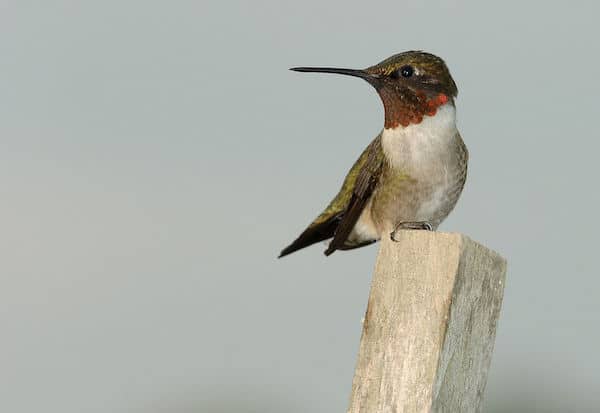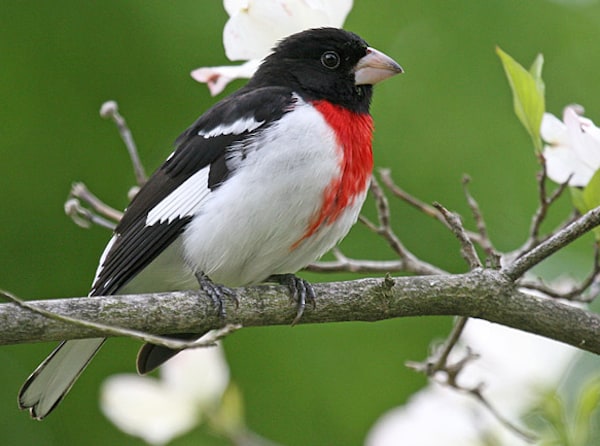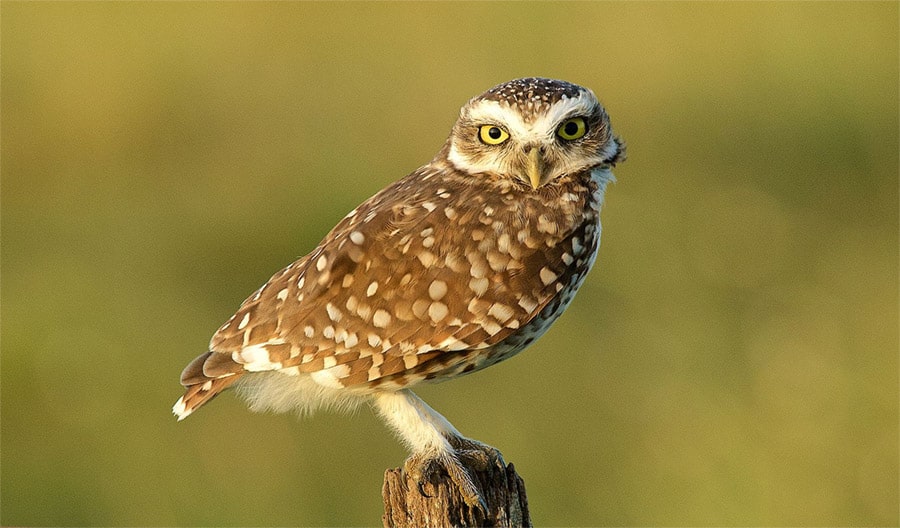Males stake out territories at luxuriant stands of flowers or at feeders, where they aggressively defend against competing males. Other creatures, including humans, may be similarly seen as intruders and are met with stylized displays meant to intimidate. The males tolerate females of the species, at least to a point.
Females construct elaborate, walnut shell-sized nests on slender, downward sloping twigs in trees or large shrubs. Overhanging leaves ensure privacy during the incubation and nestling period. The birds may initiate two or more broods in the Deep South, where eggs can be produced as early as late March.
Ruby-throated Hummingbird Migration
Rubythroats are strongly migratory. Southward movement of adult males begins soon after the summer solstice. After that, females and young follow when nesting chores are finished and the fledglings are capable of finding their own food.
Huge numbers of these birds can be found at favored car stopovers along the route, such as the Gulf Coast of Texas, where the natural geography concentrates migrants into a narrow strip of good habitat. The wintering ground is primarily in southern Mexico, south through central Costa Rica. In those places, they must compete with native species and other nectar-eating birds for abundant food. Additionally, a small percentage of the population spends the cold months in Florida and the coastal regions of the South.
Returning migrants often wing across the vast Gulf of Mexico. This arduous nonstop journey takes about 18 hours if conditions are favorable. Spring arrivals in the Deep South are as early as late February, and breeding stock might not reach Quebec and Ontario until early June.




